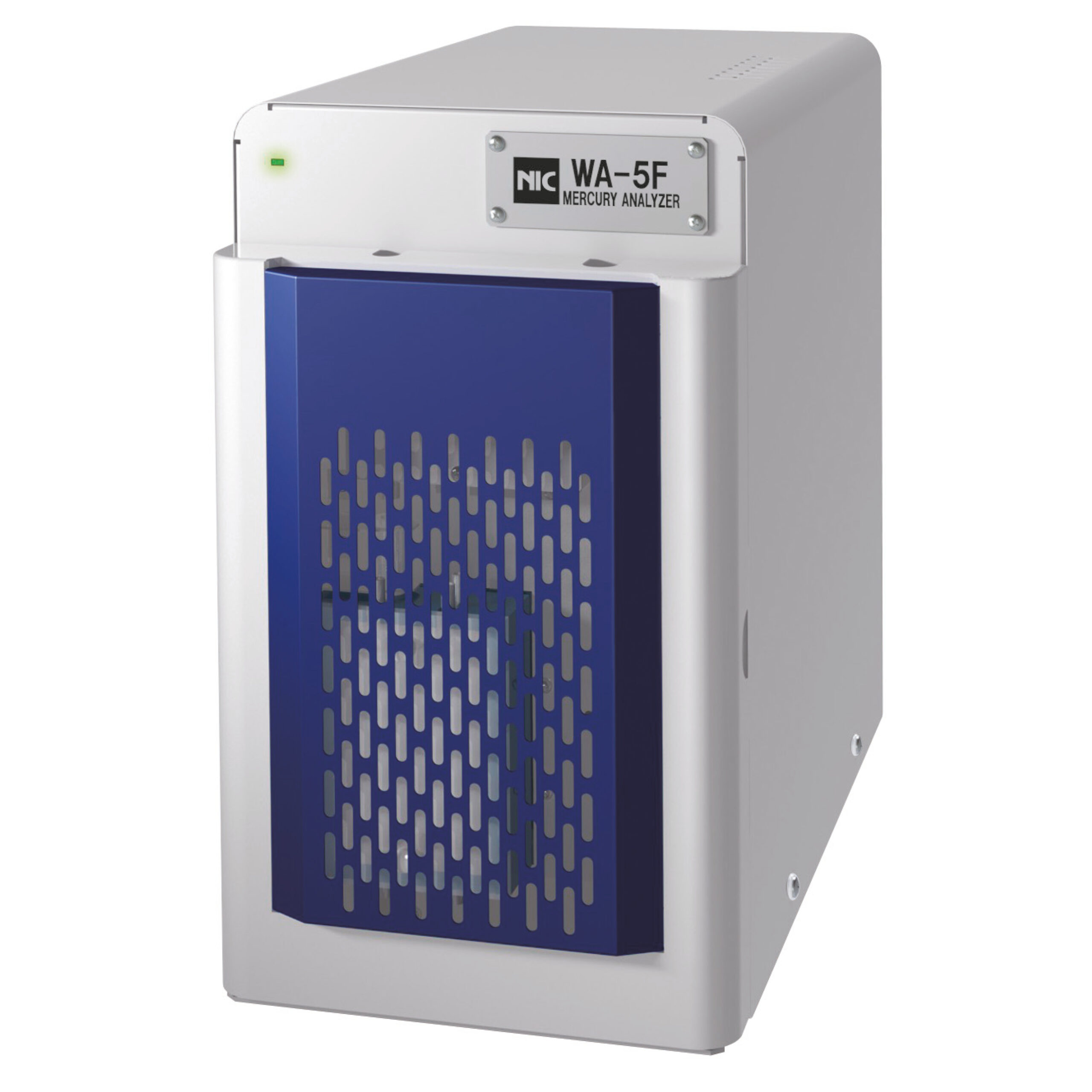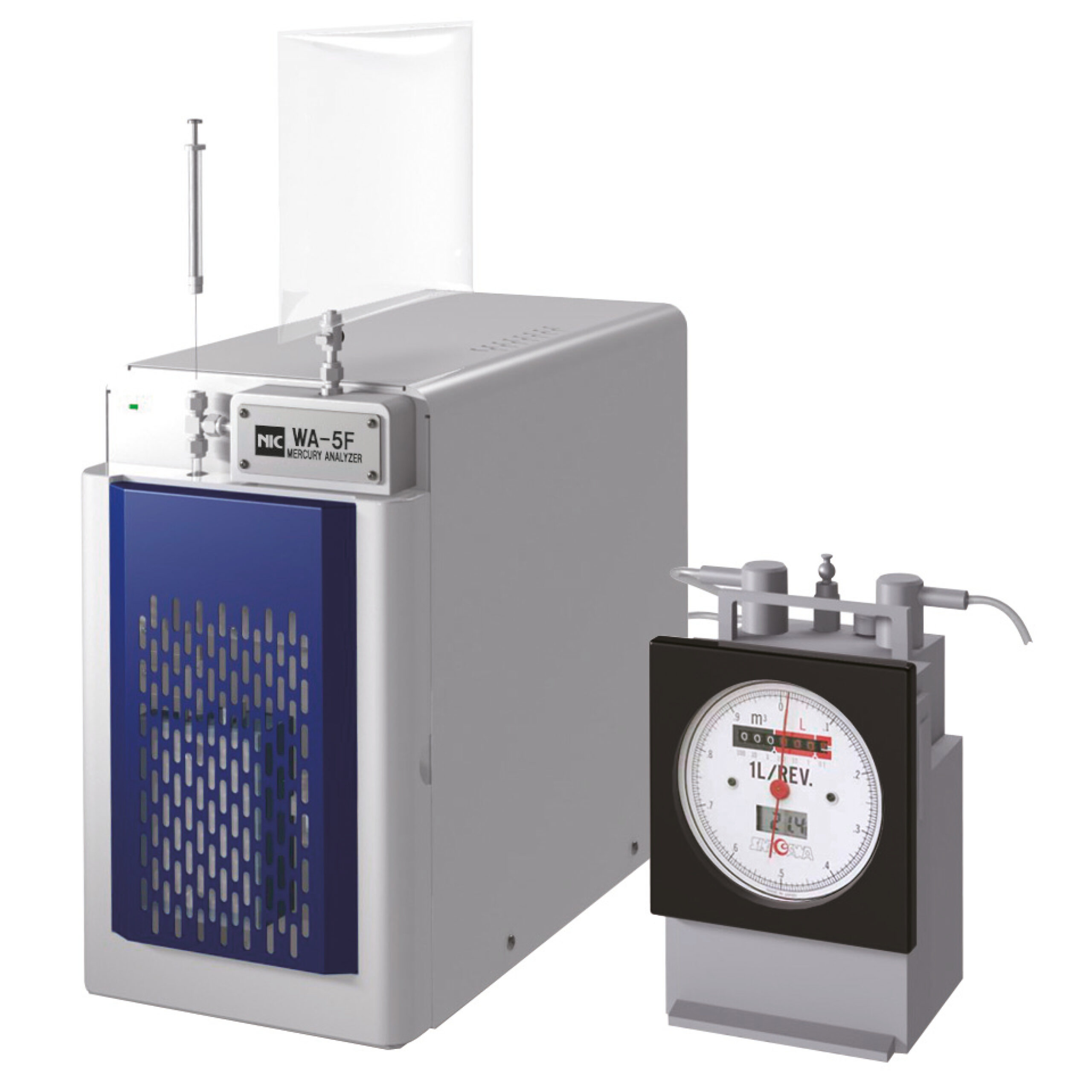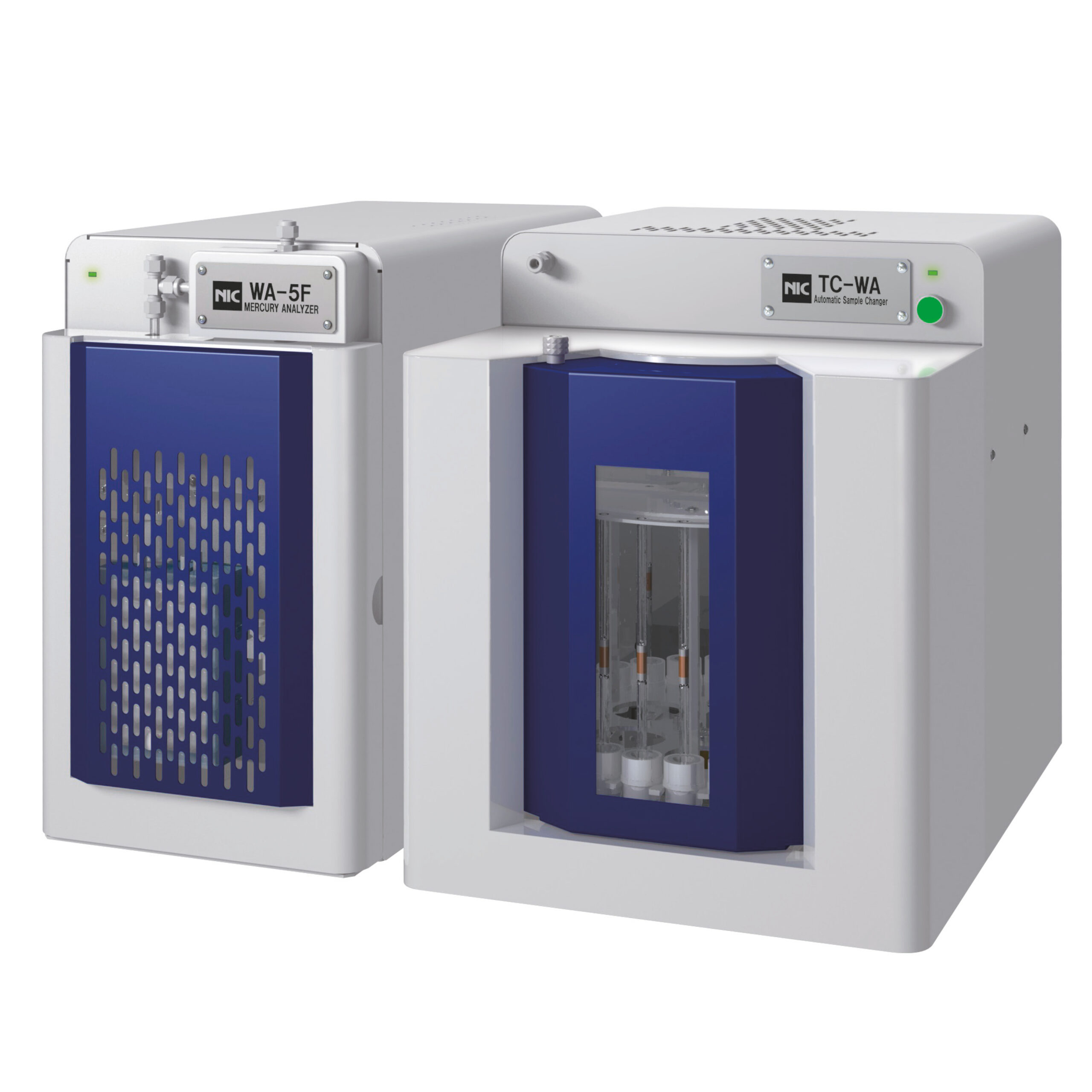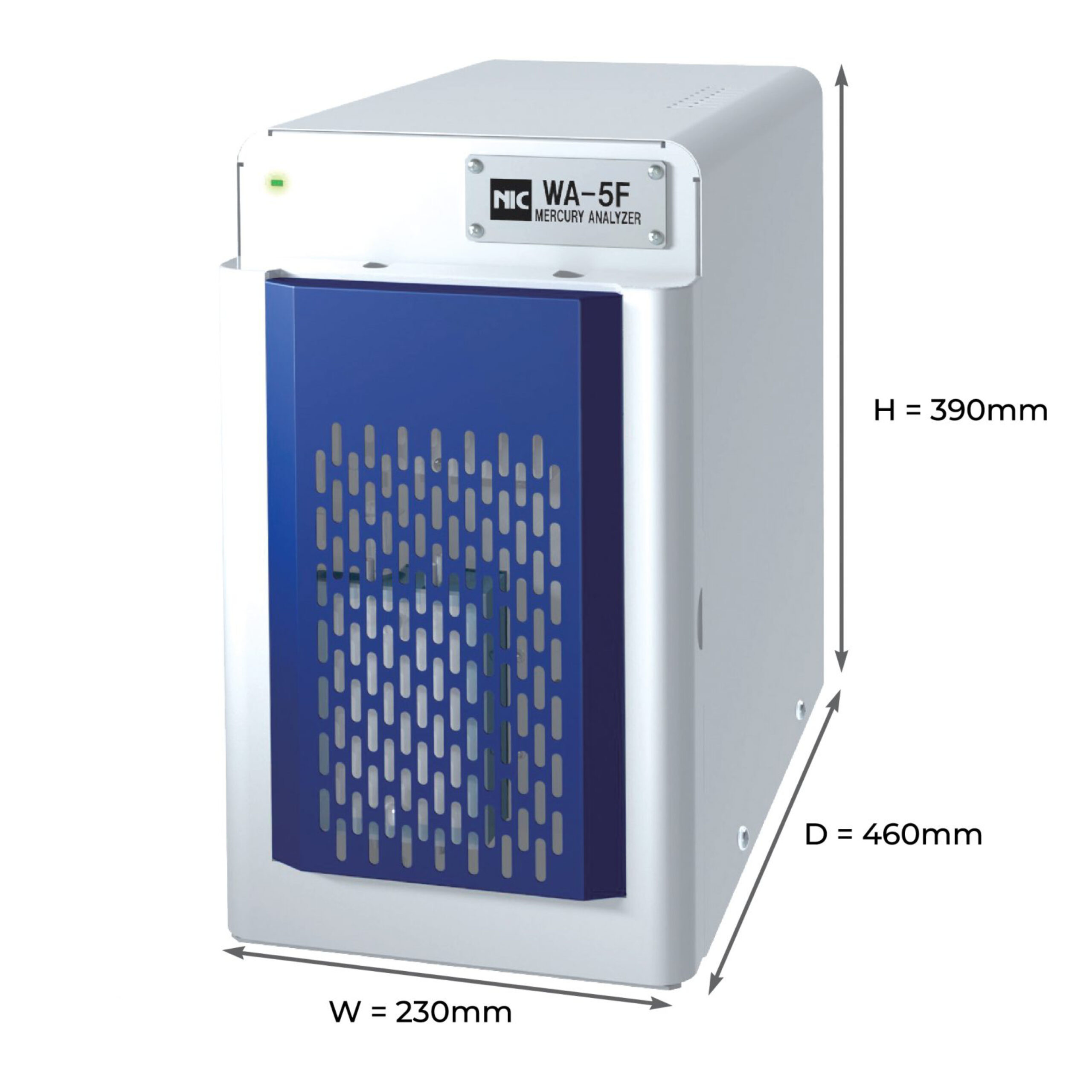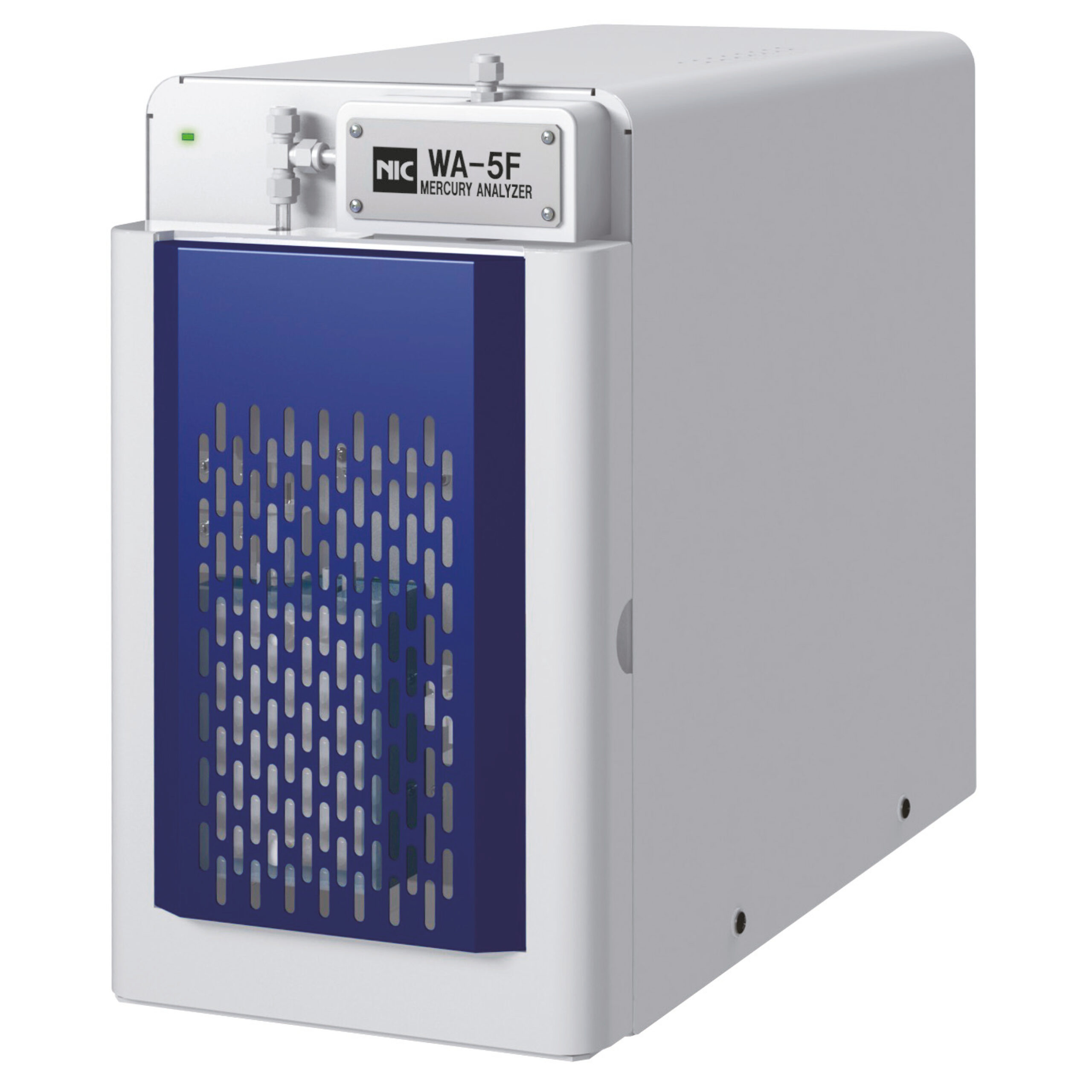Your advantages
High flexibility: thanks to various autosamplers and feed modules
AAS or AFS detector: the choice is yours
Wide measuring range: 0.1pg to 1,000 ng
Resource protection
Lower operating costs: no carrier gas required & reusable mercury adsorption tube
No carrier gas required for the AAS method: reduces operating costs and facilitates the measurement of gaseous matrices in the laboratory or in the field
Technology protected for over 40 years: for reusable gold sand tubes
Easy handling
Compact and lightweight: with only 13 kg and a small footprint, very good for mobile use
Direct feeding: of gases and LPGs or measurement of absorption tubes
Dual-gold amalgamation: for the analysis of mercury in the ultra-trace range
Autosampler: with 30 spaces
High flexibility: possibility to connect different autosamplers upstream
User-friendly software: for easy operation, reporting and data storage
Our service for you
Expertise: Mercury analyses have been our core competence for decades. No matter what analytical challenge you have, we can help you
Comprehensive training: we take over the induction of your employees
Also there for you after the purchase: many questions only arise during work. We are here to answer all your questions about the device and your measurement
